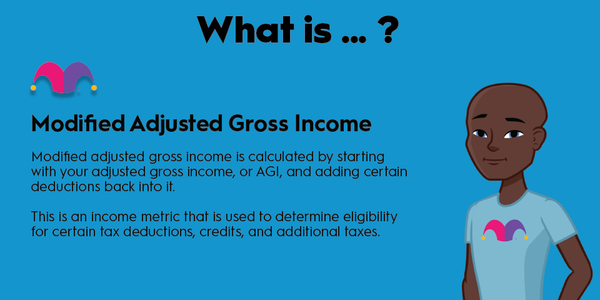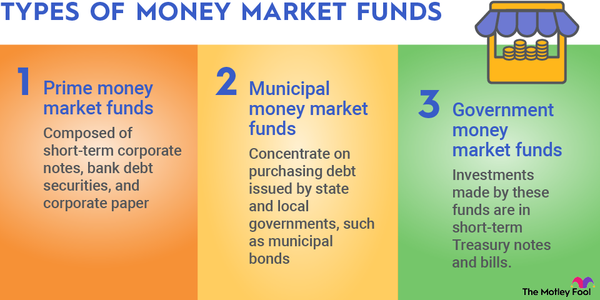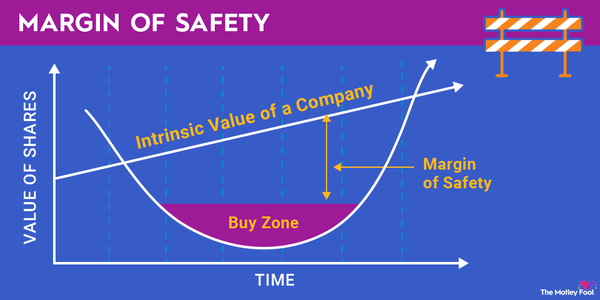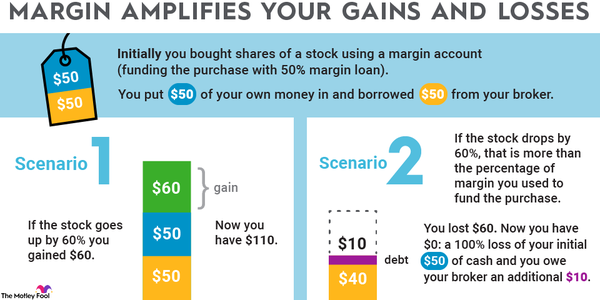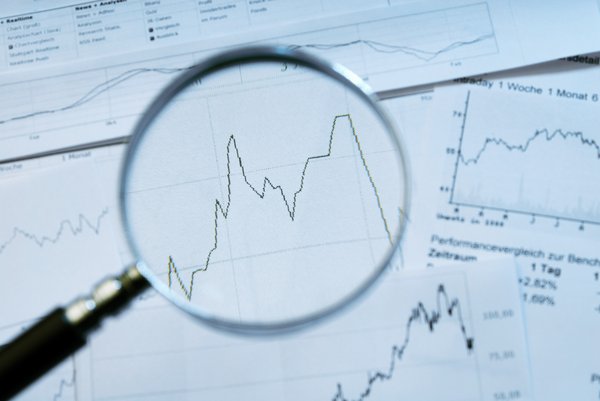Macroeconomics is the study of the broader economy. It's a branch of economic study focused on how changes in economic output, inflation, interest rates, and other factors affect economic performance. It helps give policymakers a bird's-eye view of the economy, empowering them to make informed decisions.
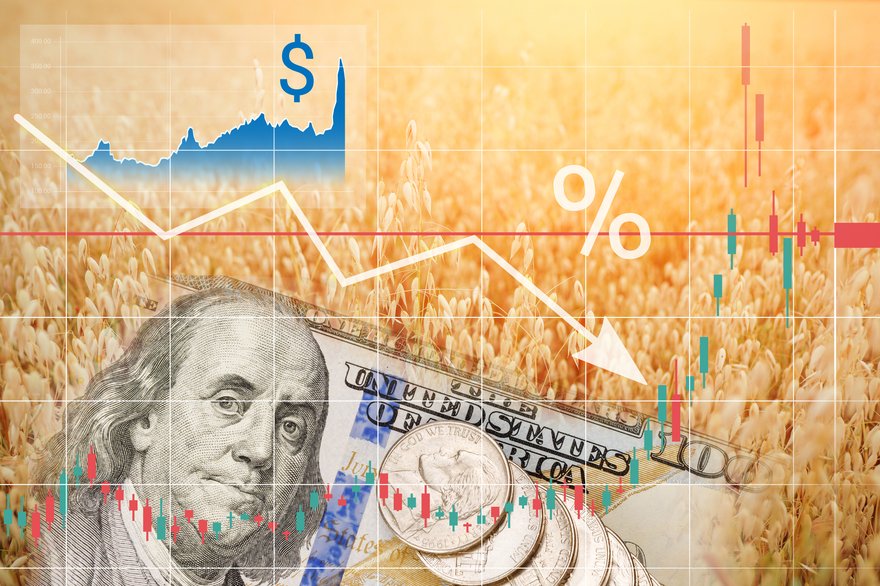
What is macroeconomics?
What is macroeconomics?
Macroeconomics is the study of the overall economy. This branch of economics includes all players in the economy -- the markets, businesses, consumers, and governments. It also considers all aspects of the economy, including inflation, gross domestic product (GDP), and unemployment.
Macroeconomics is a top-down look at the economy. It analyzes the impact that governments and countries can have on the economy. Macroeconomics differs from microeconomics, which is a more bottom-up view focused on the decisions of individuals and businesses.
Key factors
What are the key factors in macroeconomics?
Macroeconomists study several factors that provide them with a broad picture of the economy's overall health. Macroeconomic factors are key data or reference points used to measure various aspects of the economy. They include:
- Economic growth rate: The economic growth rate measures the change in economic output (goods and services) between periods.
- Unemployment level: The unemployment rate measures the percentage of the labor force that's without a job.
- Inflation: Inflation measures the increase in the average price of goods and services in an economy.
- Gross domestic product: GDP measures the total value of all goods and services produced within an economic region.
Economic factors can be positive, neutral, or negative. For example, GDP rises (positive) when an economy expands and falls (negative) during a recession.
Why is macroeconomics important?
Why is macroeconomics important?
Macroeconomics enables economists to examine the health of the broader economy. They use various economic data points (like the inflation rate, GDP, and unemployment) to develop models that help analyze and predict the direction of the economy.
This information can help policymakers direct changes needed to improve the economy. For example, macroeconomic factors help the Federal Reserve set the federal funds rate. Macroeconomics can also guide Congress in deciding where to direct foreign aid or showcase the need to pass a spending package to help jump-start the economy during a recession.
Example
A macroeconomics example
The Federal Reserve is a diligent student of macroeconomics. The Fed scrutinizes macroeconomic data because its dual mandate is to promote maximum employment while ensuring stable prices and moderate long-term interest rates. It can measure these criteria only on a macroeconomic level.
Macroeconomic information drives the Federal Reserve's policy moves. For example, if prices become unstable due to surging inflation data, the Fed will often adjust its interest rate policy by increasing the federal funds rate. That increases borrowing costs, which tends to lower GDP, helping reduce prices. On the other hand, if prices are stable, yet the unemployment rate is rising, the Fed will often reduce the federal funds rate. That lowers borrowing costs, giving companies and businesses more money to spend. That eventually increases GDP, which generally helps reduce the unemployment rate.


